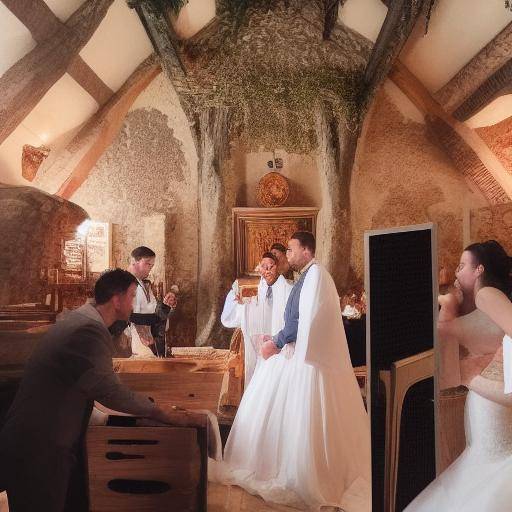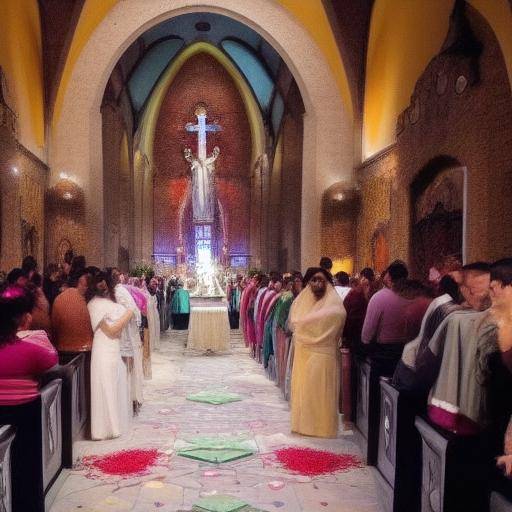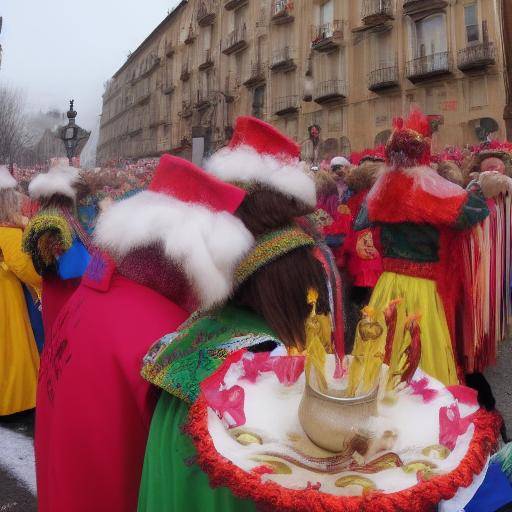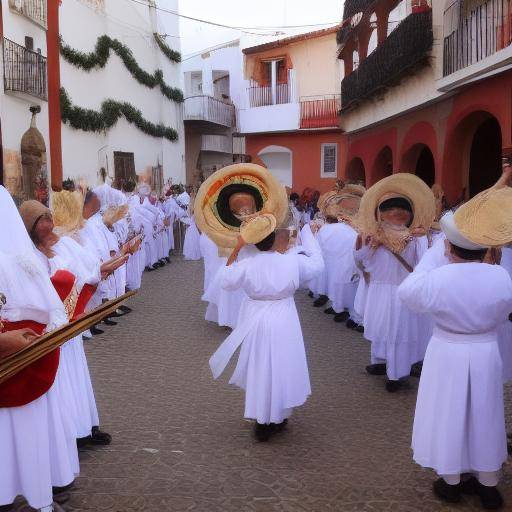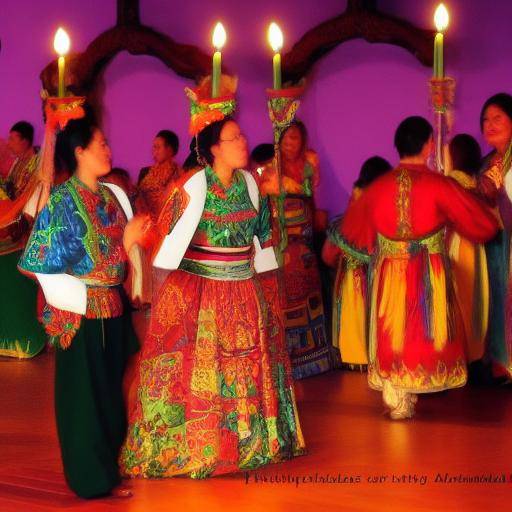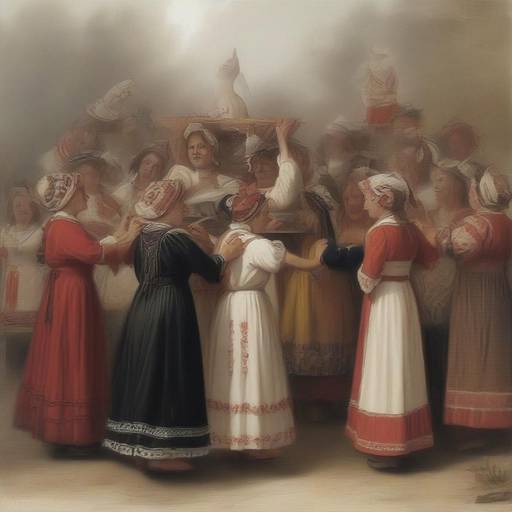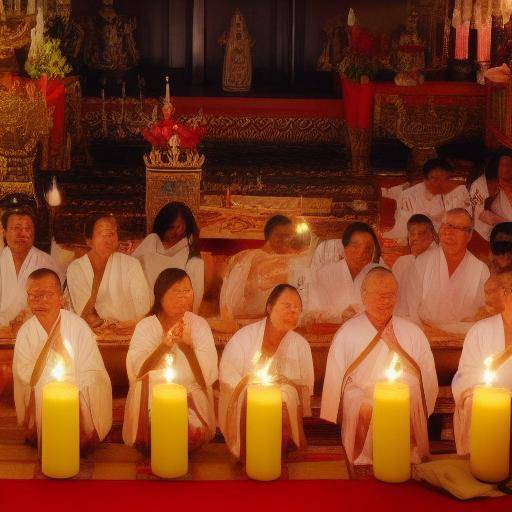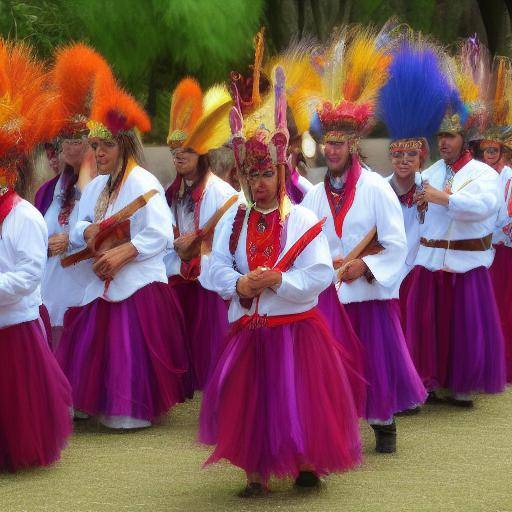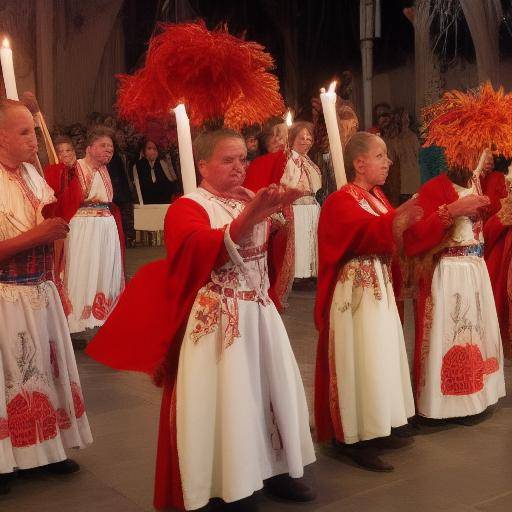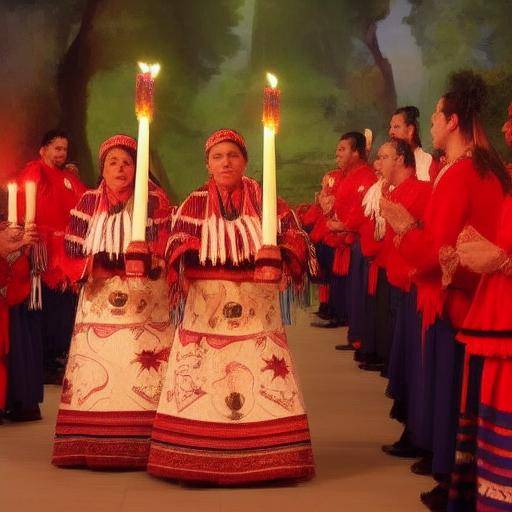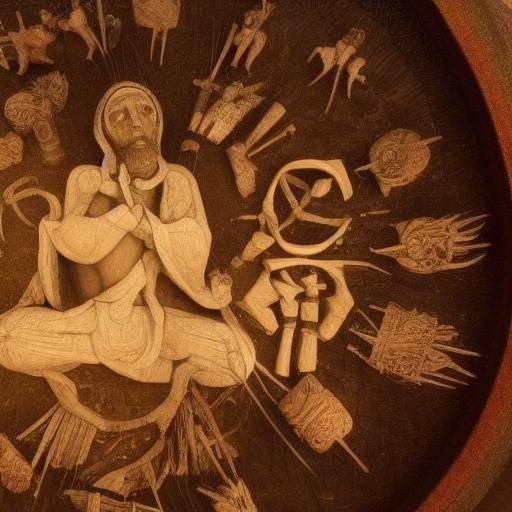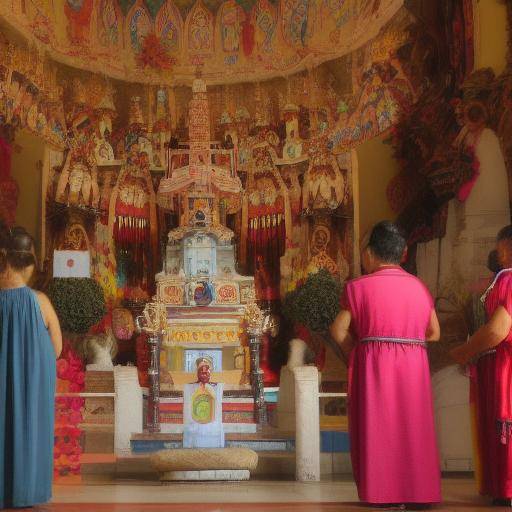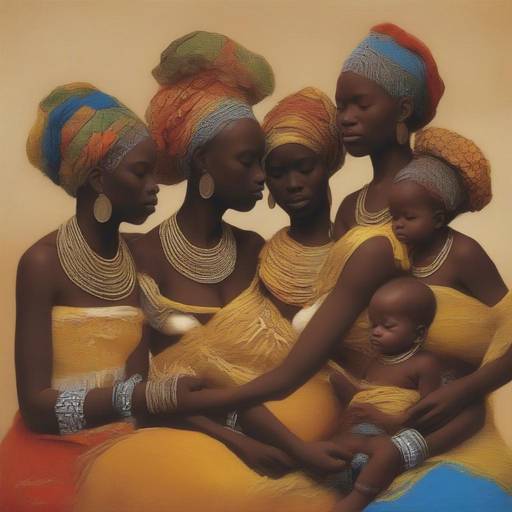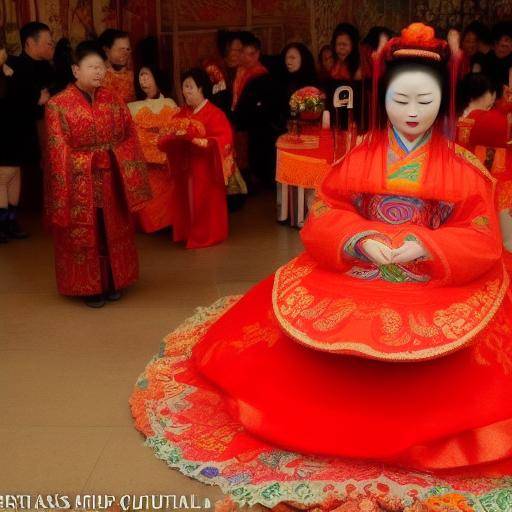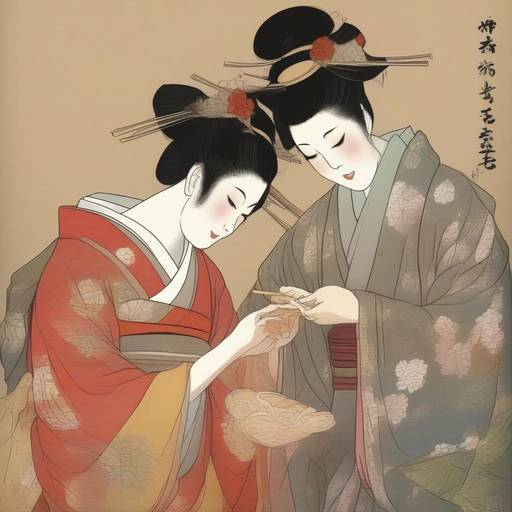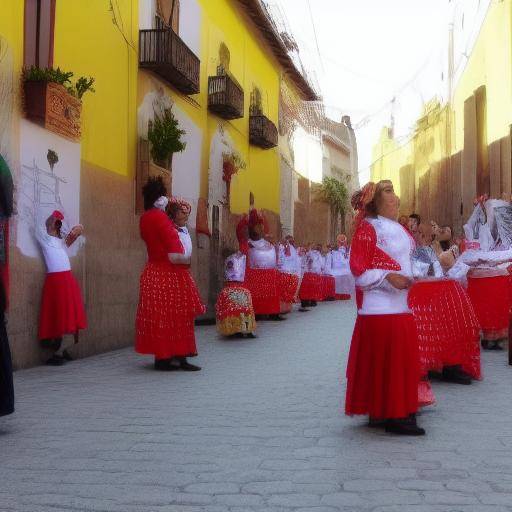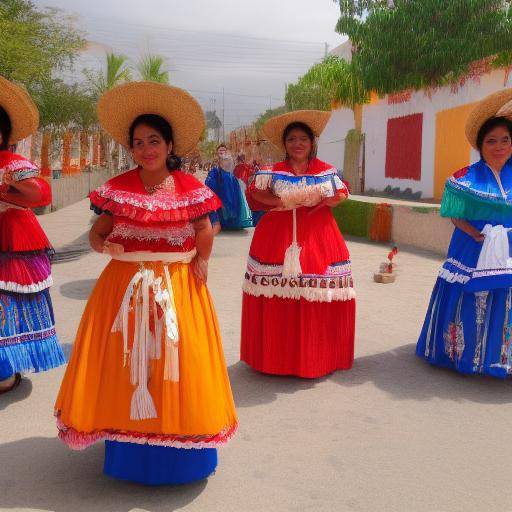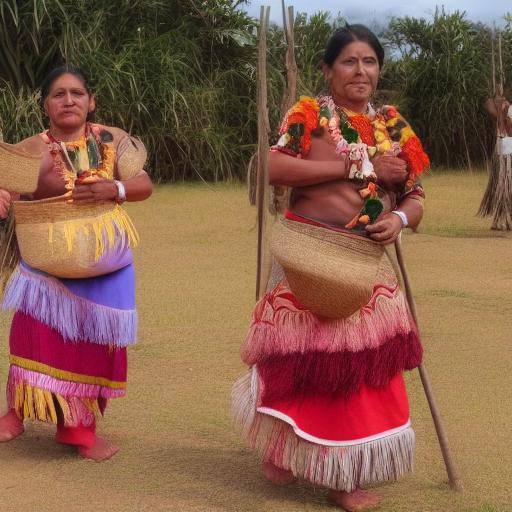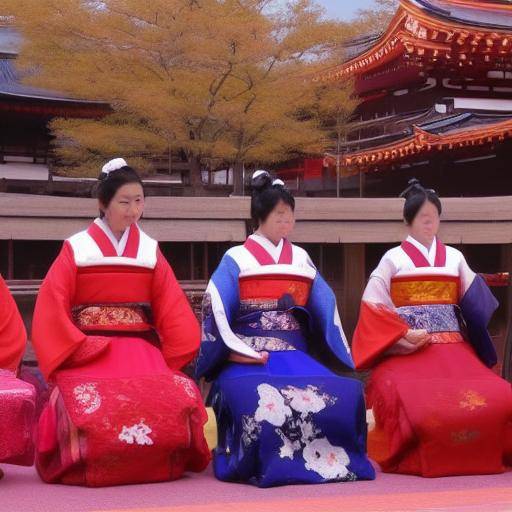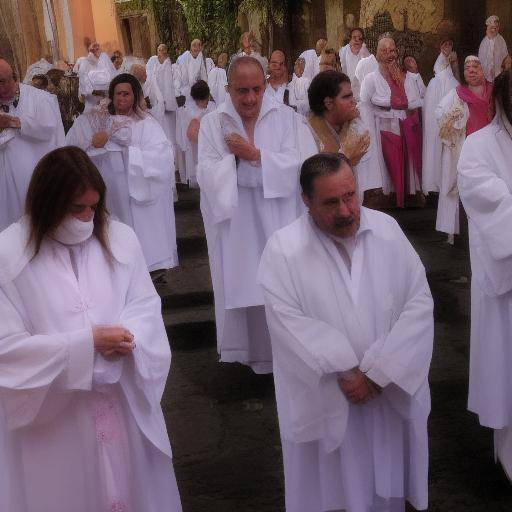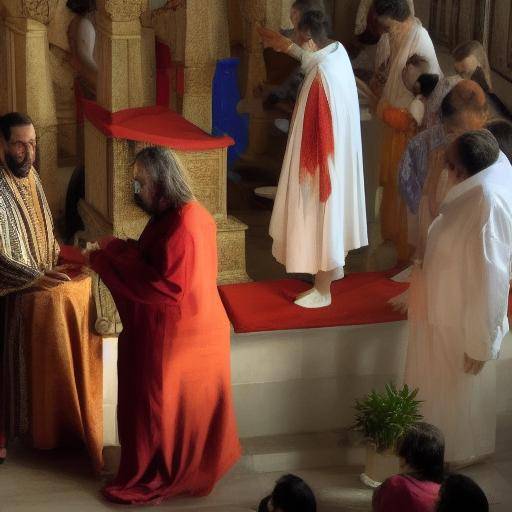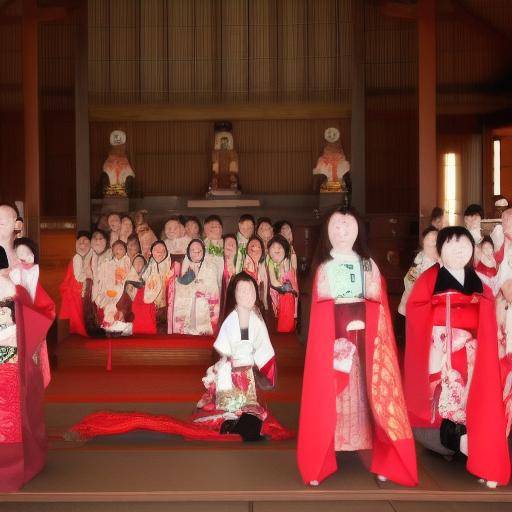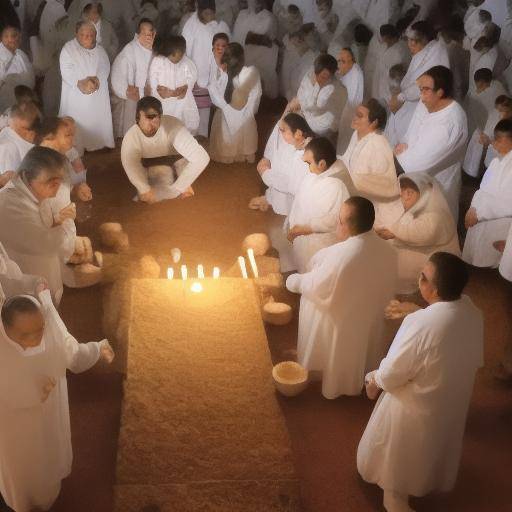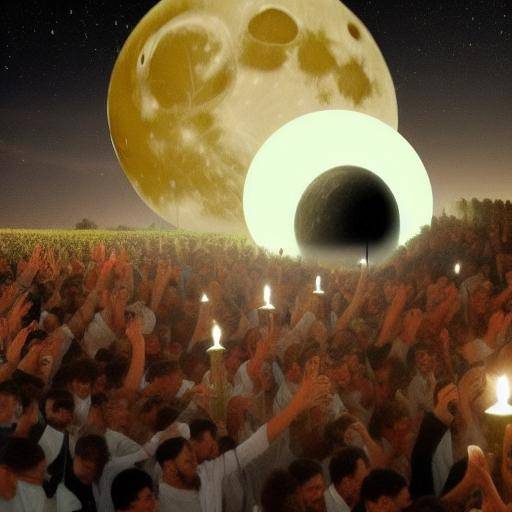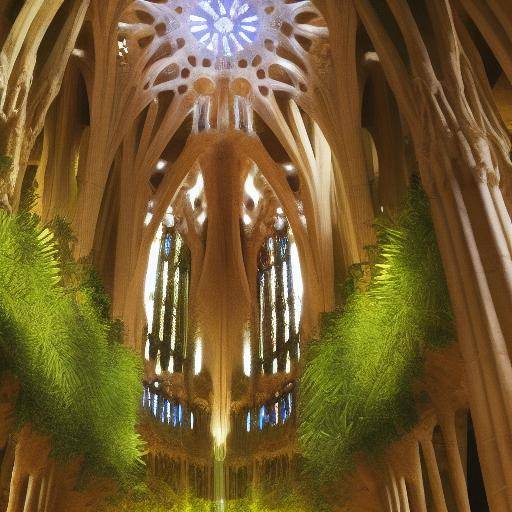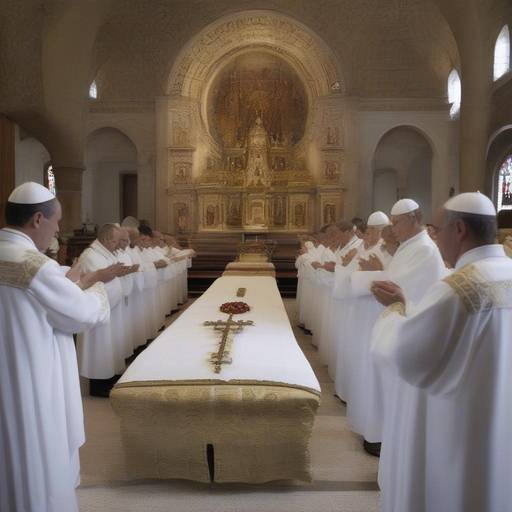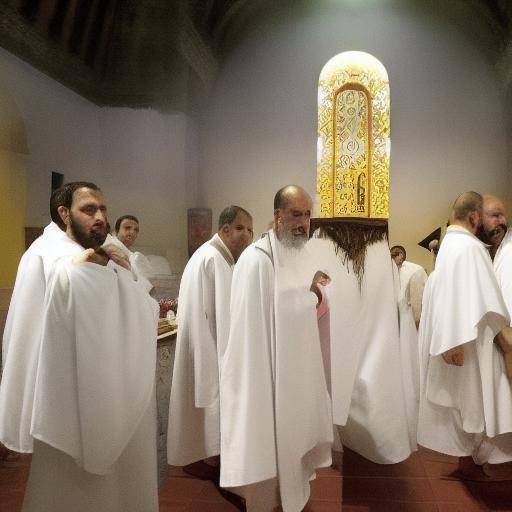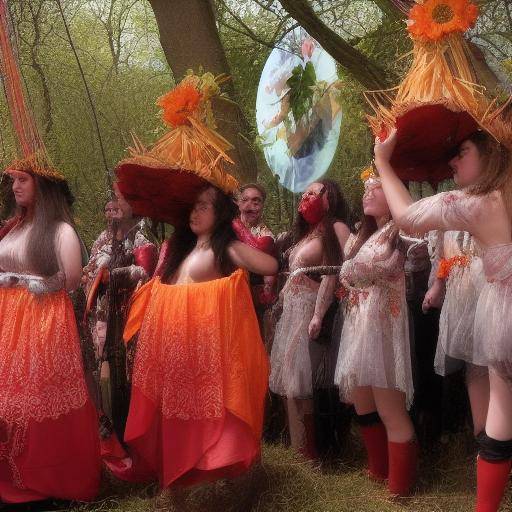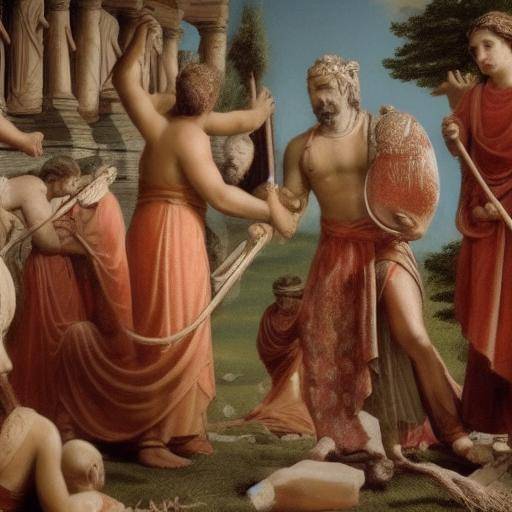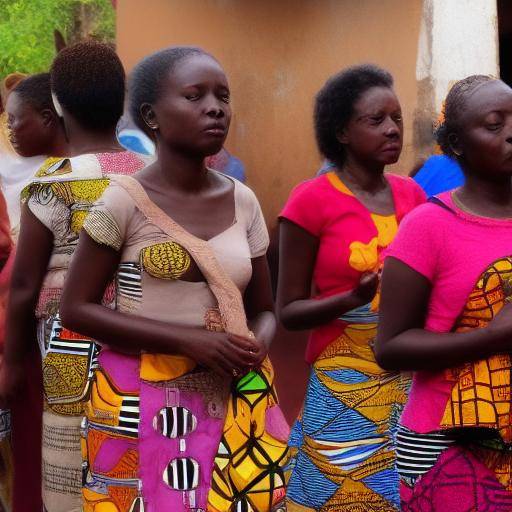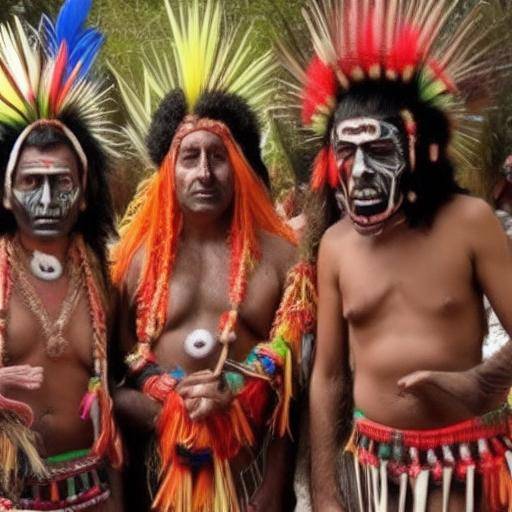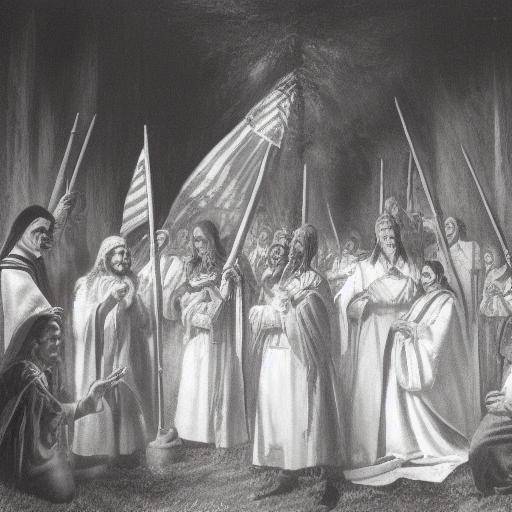
Introduction
The history of Native American culture is rich and diverse, and sacred rituals have played a fundamental role in it. These ancestral practices have been transmitted from generation to generation, marking the identity and spirituality of the native tribes. In this article, we will explore in depth the sacred rituals in American native culture, discovering its meaning, historical evolution, impact on contemporary society and its relevance in the present world.
History and Background
Origins and Evolution
The sacred rituals in American native culture have their roots in the ancestral traditions of the tribes originating from the American continent. These rituals were fundamental in the worldview of these cultures, serving as means to connect with the gods, nature and the universe. From the sun dance of the natives of the plains to the ceremony of the peyote of the tribes of the southwest, each ritual had a specific purpose and unique meaning.
The first sacred rituals date from time immemorial, manifesting through initiation ceremonies, healing rituals, fertility celebrations and ceremonies linked to hunting and harvesting. Over time, these rituals evolved, integrating migration influences, cultural exchanges and adaptations to changes in the natural and social environment. The arrival of European colonizers and the imposition of new religious beliefs and practices significantly influenced the preservation and transmission of the sacred rituals of Native American culture.
Historical importance
The sacred rituals were not only fundamental in the spiritual life of the native tribes, but also played a central role in their social organization, their worldview and the preservation of their cultural identity. These rituals were inherent in the daily life of the native communities, marking milestones of life, honoring the ancestors, celebrating the connection with nature and seeking harmony and balance in the universe.
Throughout history, the sacred rituals of Native American culture have faced challenges and persecutions, but their importance persists until today. Despite colonization and assimilation policies, many native communities have managed to maintain and revitalize their ancestral practices, making them a symbol of resistance and cultural resilience.
Meaning and Diversity of the Sacred Rituals
Types of rituals
Sacred rituals in American native culture vary widely according to tribe and region. However, some of the most recognized include:
- The Dance of the Sun: A ceremony of spiritual renewal and sacrifice practiced by tribes of the Great Plains. It involves dance, chanting and sometimes self-flageting, symbolizing the connection with the sun and the universe.
- Peyote Ceremony: Using tribes such as Huicholes and Navajos, this ceremony involves the consumption of peyote cactus to facilitate visions and communication with the spiritual world.
- The Holy Pipe: Used in various ceremonies, the sacred pipe symbolizes the connection between heaven and earth. The smoke of the pipe is considered a form of prayer that ascends to the spirits.
- The Medical Round Ceremony: A practice of the peoples of the plains, the medicinal wheel is a symbol of life and the interconnection of all things. Ceremonies may include chants, prayers and offerings.
Common elements
Despite diversity, many rituals share common elements such as the use of music, songs, dances, and sacred objects such as feathers, pipes and traditional medicines. Respect for nature and ancestors is a constant, reflecting the holistic cosmovision of native communities.
Impact on Contemporary Society
Cultural revitalization
In recent decades, there has been a resurgence of the interest and practice of sacred rituals among Native American communities. This cultural rebirth has been supported by indigenous rights movements and a growing recognition of the importance of preserving native cultures. The sacred rituals have been fundamental to the revitalization of native languages, oral traditions and cultural identity.
Education and Awareness
The sacred rituals have also played a crucial role in education and awareness about American native cultures. Through festivals, exhibitions and educational programs, greater understanding and respect for these ancestral practices have been promoted. Universities and cultural institutions have begun to include studies on native ceremonies in their curricula, fostering intercultural dialogue.
Current Challenges
Despite these advances, Native American communities continue to face significant challenges. The cultural appropriation and marketing of sacred rituals are persistent problems, as well as the struggle for access to sacred lands and the protection of cultural rights. The preservation of these rituals in their authentic form is crucial to maintaining their integrity and meaning.
Relevance in the Current World
Connection with Nature
In an increasingly disconnected world of nature, the sacred rituals of Native American culture offer a valuable perspective on the interconnection between humans and the environment. These practices promote respect and sustainability, reminding us of the importance of living in harmony with the earth.
Spirituality and Welfare
Sacred rituals also have a positive impact on spiritual and emotional well-being. Through meditation, prayer and community, these practices can offer comfort, healing and a sense of belonging. In a wider context, they can serve as a source of inspiration for those seeking deeper and more meaningful spirituality.
Cultural preservation
The preservation of sacred rituals is essential for the survival of American native cultures. These practices are an integral part of cultural identity and continuity, and their maintenance is vital for future generations. Preservation efforts should be supported by policies to respect and protect cultural rights.
Conclusion
The sacred rituals in American native culture are a rich and multifaceted expression of spirituality, identity and cultural resilience. From their ancestral origins to their contemporary relevance, these rituals have been a source of strength and connection for native communities. In today's world, they offer valuable lessons on interconnection with nature, the importance of spirituality and the need to preserve cultural diversity. By honoring and supporting these practices, we can contribute to a more respectful and conscious world of the cultural riches that surround us.






